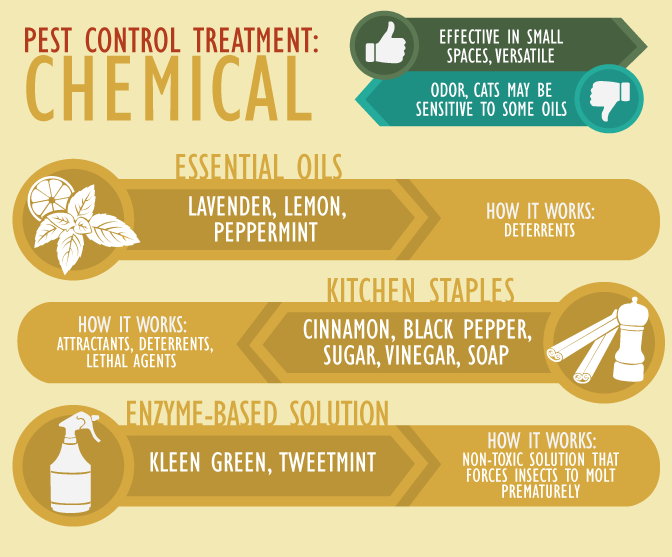Rodent-Proofing Your Attic: Essential Tips For Homeowners
Rodent-Proofing Your Attic: Essential Tips For Homeowners
Blog Article
Created By-Austin Garza
Envision your attic as a cozy Airbnb for rats, with insulation as cosy as hotel pillows and wiring a lot more enticing than room service. Now, imagine these unwanted visitors throwing a wild party in your house while you're away. As a house owner, guaranteeing your attic is rodent-proof is not nearly peace of mind; it has to do with securing your residential property and liked ones. So, what easy actions can you require to secure your haven from these fuzzy burglars?
Check for Entry Points
To begin rodent-proofing your attic room, inspect for entrance factors. Start by very carefully analyzing the exterior of your home, seeking any type of openings that rodents can make use of to get to your attic room. Check for gaps around utility lines, vents, and pipes, along with any type of cracks or holes in the foundation or siding. Make sure to pay very close attention to locations where various structure materials meet, as these prevail access factors for rodents.
Additionally, check the roof for any type of damaged or missing roof shingles, in addition to any kind of spaces around the sides where rodents can press with. Inside the attic room, seek indicators of existing rodent activity such as droppings, ate cords, or nesting products. Use a flashlight to completely inspect dark corners and concealed rooms.
Seal Cracks and Gaps
Inspect your attic room completely for any type of fractures and voids that require to be secured to avoid rodents from entering. Rodents can press via even the smallest openings, so it's vital to seal any potential entry factors. Check around pipes, vents, cables, and where the walls satisfy the roofing. Use a combination of steel wool and caulking to seal these openings effectively. Steel wool is an exceptional deterrent as rodents can't eat with it. Guarantee that all voids are firmly sealed to deny accessibility to undesirable bugs.
Do not neglect the value of sealing spaces around windows and doors as well. Use weather stripping or door moves to seal these locations properly. Examine great site where utility lines enter the attic room and seal them off using a suitable sealant. By putting in the time to secure all splits and gaps in your attic room, you develop an obstacle that rats will certainly find hard to violation. visit the following post is key in rodent-proofing your attic, so be extensive in your initiatives to seal any type of possible entrance points.
Get Rid Of Food Resources
Take aggressive actions to remove or keep all potential food resources in your attic room to deter rodents from infesting the space. Rats are brought in to food, so removing their food sources is vital in keeping them out of your attic room.
mosquito services near me what you can do:
1. ** Store food safely **: Avoid leaving any kind of food things in the attic room. Store all food in airtight containers constructed from steel or durable plastic to avoid rats from accessing them.
2. ** Tidy up particles **: Remove any kind of heaps of debris, such as old newspapers, cardboard boxes, or wood scraps, that rodents might use as nesting product or food resources. Keep the attic clutter-free to make it less attractive to rats.
3. ** Dispose of waste appropriately **: If you use your attic for storage space and have rubbish or waste up there, make sure to take care of it regularly and correctly. Decaying discover here bring in rats, so keep the attic clean and devoid of any organic waste.
Verdict
In conclusion, remember that an ounce of avoidance is worth a pound of remedy when it pertains to rodent-proofing your attic room.
By putting in the time to examine for entrance points, seal splits and gaps, and get rid of food sources, you can maintain unwanted insects away.
Remember, 'An ounce of prevention deserves a pound of cure' - Benjamin Franklin.
Keep proactive and safeguard your home from rodent infestations.
